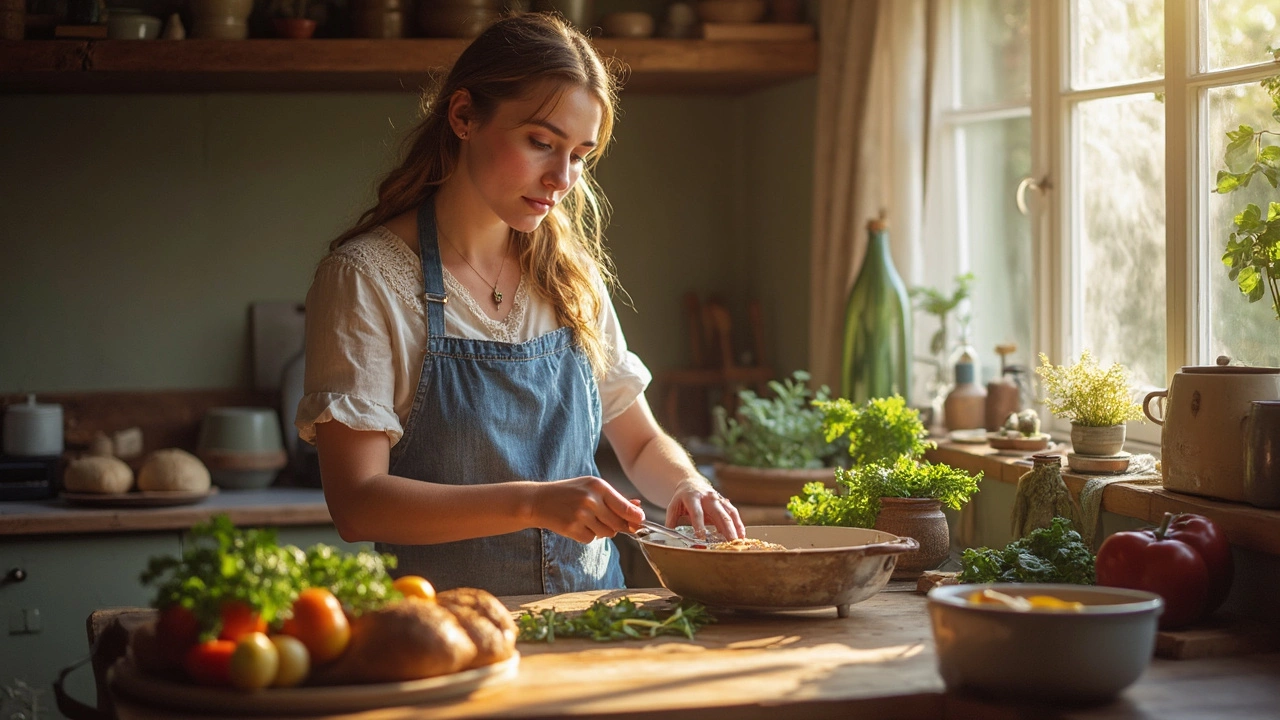Cooking Basics: Your Quick‑Start Guide
Ever stared at a raw ingredient and wondered where to begin? You’re not alone. Mastering a few core ideas can turn any kitchen rookie into a confident home chef. Below you’ll find the most useful tips that work right away, no fancy gear required.
Must‑Know Kitchen Techniques
1. The proper chop. Hold the knife with a firm grip, curl your fingertips inward and let the blade rock on the tip. A steady rocking motion gives even pieces and speeds up prep. Practice with an onion or carrot – you’ll see a big difference in cooking time.
2. Sauté vs. stir‑fry. Both use high heat, but sauté keeps food moving in a shallow pan and often adds a little butter or oil for flavor. Stir‑fry needs a wok‑style pan, a splash of oil, and constant motion. Knowing which method fits your dish prevents soggy results.
3. Season as you go. Sprinkle a pinch of salt at each stage – when you brown meat, when you soften veggies, and right before the final taste. Layered seasoning builds depth without making the dish salty.
4. Test for doneness. Use a fork to poke potatoes; they should slide in easily. For pasta, taste a minute before the package says “al dente.” Small checks keep you from overcooking.
5. Rest meat. After grilling or pan‑searing, let meat sit for three to five minutes. The juices redistribute, giving a juicier bite every time.
Simple Recipes to Practice
Easy Veggie Stir‑Fry. Heat two teaspoons of oil, toss chopped bell pepper, broccoli, and carrots. Add a splash of soy sauce, a pinch of ginger, and stir for five minutes. Serve over rice or noodles for a balanced meal.
One‑Pan Chicken & Potatoes. Season chicken thighs with salt, pepper, and paprika. Place on a baking sheet with diced potatoes, drizzle olive oil, and roast at 200°C (400°F) for 35 minutes. Flip halfway for even browning.
Quick Pasta Aglio‑Olio. Cook spaghetti, reserve a cup of pasta water. In a pan, sauté sliced garlic in olive oil until golden, add a pinch of red pepper flakes, then toss the pasta with the garlic oil, cheese, and a splash of the reserved water.
These dishes use the techniques above, so you get practice while you eat something tasty. Keep a notebook of what works, tweak spices, and after a few tries you’ll spot patterns that make cooking feel natural.
Remember, cooking isn’t a science that only chefs can master. It’s a set of habits you build, one simple step at a time. Use these basics, stay curious, and soon you’ll be adding your own twists without breaking a sweat.
